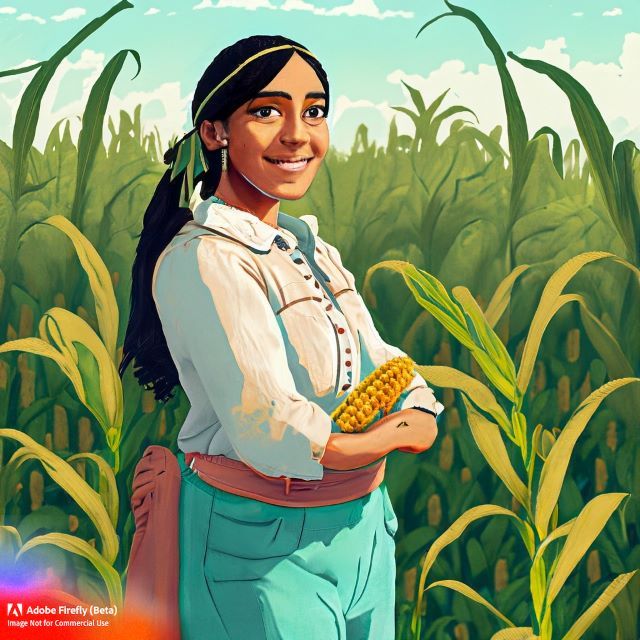The Art and Wisdom of Traditional Mexican Corn Farming
Discover the art and wisdom of Mexican corn farming, a tradition deeply rooted in nature and the elements. Learn about the farmers' weather prediction skills, the ancient cabañuelas, and the intricate process behind these lush cornfields.

In the heart of Mexico, corn farming is a way of life that has been passed down through generations. The people are deeply connected to the land and the sky, relying on their keen intuition and knowledge to predict weather patterns and cultivate their crops. Their lives are intertwined with the elements, and their work in the cornfields is nothing short of a labor of love.
An Intuitive Connection to Nature
Mexican farmers have a unique ability to read the sky and predict weather patterns. This isn't just guesswork – it's a skill honed through years of observation and experience. Relying on the land and water for their livelihood, they have developed a deep understanding of these elements and how they affect their crops.
The Cabañuelas: An Ancient Forecasting Tradition
Many farmers still practice the ancient art of the cabañuelas, a weather forecasting method based on observing the conditions in January. They meticulously record the rainfall and weather patterns of each day, using this data to predict the year's rainfall and plan their crops accordingly.

The Cornfield: A Testament to Hard Work and Dedication
Cornfields may appear as beautiful, lush landscapes, but they are also the product of tireless effort and attention. From breaking up the soil to sowing seeds and nurturing young seedlings, corn farming is a labor-intensive process.
Preparing the Soil: The Fallow Period
The journey of corn begins in the fallow period when farmers plow the land to loosen the soil and remove impurities like stones and stubble. This process ensures that the land is prepared for planting, and everyone in the community – men, women, and children – comes together to participate in the sowing process.
The Importance of Timing: Planting with the Rains
Planting is timed to coincide with the first rains of the year, usually in April or May, which soften the soil and provide the ideal conditions for seed germination. The quality of the seed is also crucial for the corn's growth, making the selection process an important part of the planting season.
Caring for the Seedlings: The Crucial Early Stages
Once the seedlings have sprouted, farmers are most concerned about their care. While some lands can be irrigated, others depend solely on the rainy season for nourishment. This makes the rainfed harvest slightly later than the irrigated one, which can begin as early as March or April. In years when the rains are delayed, farmers face the risk of losing their crops before they even have a chance to grow.
The Beauty and Burden of Corn Farming in Mexico
Mexican corn farming is a beautiful yet laborious process, a delicate balance between nature and human effort. As people admire the lush cornfields, it's essential to recognize the hard work, dedication, and wisdom of the farmers who nurture the crops from seed to harvest. Their lives are inextricably linked to the land and the sky, their experience and intuition serving as a testament to the resilience and resourcefulness of the Mexican people.




